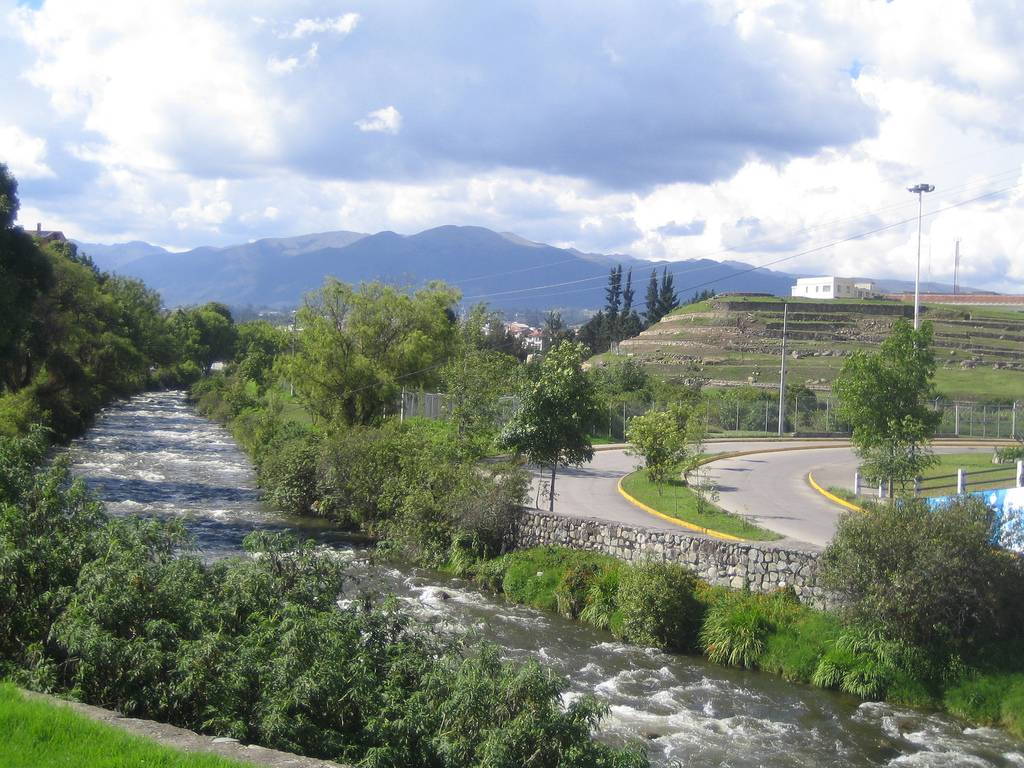Tumebamba: The Northern Capital of the Inca Empire
Tumebamba, also known as Tomebamba or Tumipampa in Kichwa, meaning “Knife Field,” was a principal regional city within the Inca Empire. Emperor Huayna Capac, who reigned from 1493 to 1525 AD, selected Tumebamba as the empire’s northern capital. This strategic decision underscored the city’s importance within the Inca civilization. However, Tumebamba’s prominence was short-lived as it was largely destroyed during the civil war between Huáscar and Atahualpa, just before the Spanish conquistadors’ arrival in 1532. The modern city of Cuenca, Ecuador, now stands on what was once Tumebamba, with parts of the Inca city preserved at the archaeological sites of Pumapunku and Todos Santos.
Get your dose of History via Email
Pre-Inca History and Conquest
Before the Inca conquest, the area known as Tumebamba was called Guapondelig and was inhabited by the Cañari people for at least 500 years. The Inca Empire, under the leadership of Topa Inca Yupanqui (ruled 1471–1493 AD), incorporated this region following prolonged and challenging campaigns against the Cañari. Huayna Capac, Topa Inca Yupanqui’s son and successor, was likely born in Tumebamba. He was instrumental in the city’s development, envisioning it as a northern counterpart to Cuzco, the empire’s capital. A royal palace in Tumebamba served as a testament to its significance within the empire.
Architectural Feats and Stone Transport
Remarkable for its time, the construction of Tumebamba involved transporting building stones from Cuzco, located over 1,600 kilometers (990 miles) away. This feat was confirmed by archaeologists in 2004, who identified stone blocks originating from a quarry near Cuzco. The transportation of these stones, weighing up to 700 kilograms (1,500 pounds) each, across the rugged Andes without draft animals or wheeled vehicles, showcased the Inca’s control over labor and their dedication to establishing Tumebamba as a secondary capital. The stones’ movement from Cuzco to Tumebamba symbolized the transfer of sanctity and power to the new city.
Destruction and Aftermath
The death of Huayna Capac around 1525 AD, likely due to a European-introduced disease, led to a succession dispute between his sons, Huascar and Atahualpa. The ensuing civil war devastated Tumebamba, with significant battles occurring near the city. The Cañari, having sided with Huascar, faced severe repercussions under Atahualpa’s rule.
Archaeological Remnants
Despite its destruction, remnants of Tumebamba’s past glory are still visible today. The ruins of Todos Santos and Pumapunku, located near the Tomebamba River, offer insights into the city’s structure. However, the absence of finely-worked stone, characteristic of Cuzco, suggests these sites were of secondary importance. Excavations at Pumapunku have uncovered spinning tools, indicating it may have been a residence for aclla, the sequestered women of the Incas. Features such as a large artificial water pool, terraces, and canals draw parallels to Quispiguanca, a royal estate of Huayna Capac near Cuzco.
Adjacent to the Todos Santos ruins is the Manuel Agustín Landivar Museum, and the Pumapongo Museum and Archaeological Park is located at the Pumapunku ruins. Both museums offer exhibits on the Indigenous peoples of the Americas, including the Cañari, Inca, and early Spanish settlers, preserving the rich history of Tumebamba and its significance within the Inca Empire.
Sources:

